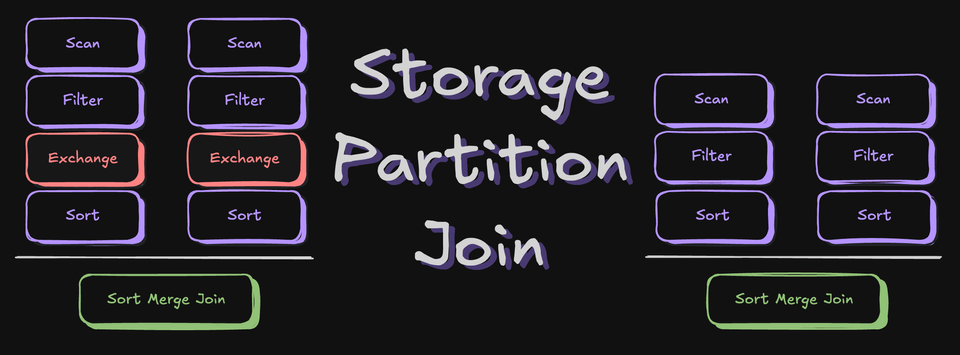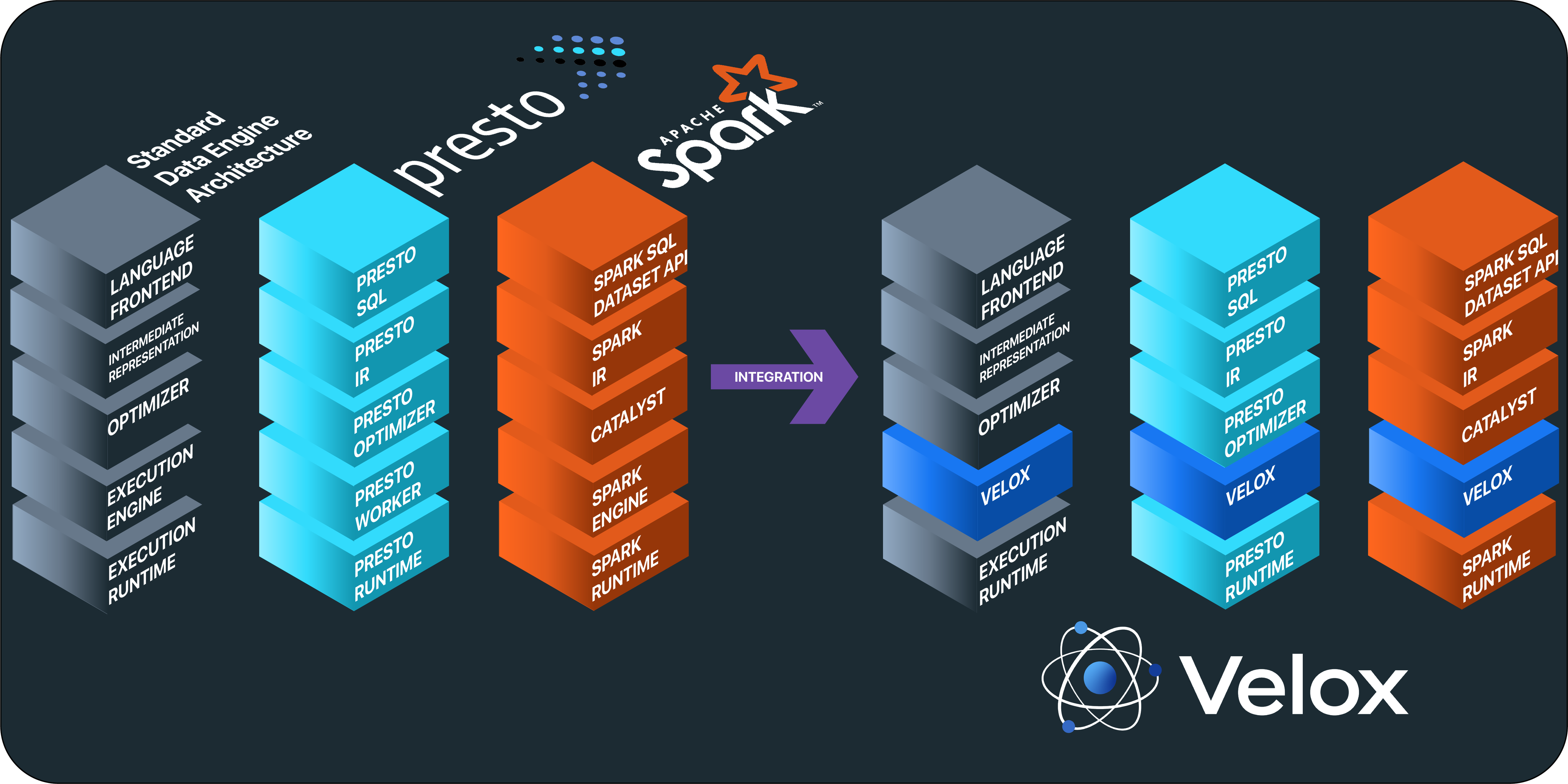我们知道,Spark相比Hadoop最大的一个优势就是可以将数据cache到内存,以供后面的计算使用。本文将对这部分的代码进行分析。
我们可以通过rdd.persist()或rdd.cache()来缓存RDD中的数据,cache()其实就是调用persist()实现的。persist()支持下面的几种存储级别:
val NONE = new StorageLevel(false, false, false, false) val DISK_ONLY = new StorageLevel(true, false, false, false) val DISK_ONLY_2 = new StorageLevel(true, false, false, false, 2) val MEMORY_ONLY = new StorageLevel(false, true, false, true) val MEMORY_ONLY_2 = new StorageLevel(false, true, false, true, 2) val MEMORY_ONLY_SER = new StorageLevel(false, true, false, false) val MEMORY_ONLY_SER_2 = new StorageLevel(false, true, false, false, 2) val MEMORY_AND_DISK = new StorageLevel(true, true, false, true) val MEMORY_AND_DISK_2 = new StorageLevel(true, true, false, true, 2) val MEMORY_AND_DISK_SER = new StorageLevel(true, true, false, false) val MEMORY_AND_DISK_SER_2 = new StorageLevel(true, true, false, false, 2) val OFF_HEAP = new StorageLevel(false, false, true, false)
而cache()最终调用的是persist(StorageLevel.MEMORY_ONLY),也就是默认的缓存级别。我们可以根据自己的需要去设置不同的缓存级别,这里各种缓存级别的含义我就不介绍了,可以参见官方文档说明。
通过调用rdd.persist()来缓存RDD中的数据,其最终调用的都是下面的代码:
/////////////////////////////////////////////////////////////////////
User: 过往记忆
Date: 2015-11-17
Time: 22:59
bolg:
本文地址:/archives/1532
过往记忆博客,专注于hadoop、hive、spark、shark、flume的技术博客,大量的干货
过往记忆博客微信公共帐号:iteblog_hadoop
/////////////////////////////////////////////////////////////////////
private def persist(newLevel: StorageLevel, allowOverride: Boolean): this.type = {
// TODO: Handle changes of StorageLevel
if (storageLevel != StorageLevel.NONE && newLevel != storageLevel && !allowOverride) {
throw new UnsupportedOperationException(
"Cannot change storage level of an RDD after it was already assigned a level")
}
// If this is the first time this RDD is marked for persisting, register it
// with the SparkContext for cleanups and accounting. Do this only once.
if (storageLevel == StorageLevel.NONE) {
sc.cleaner.foreach(_.registerRDDForCleanup(this))
sc.persistRDD(this)
}
storageLevel = newLevel
this
}
这段代码的最主要作用其实就是将storageLevel设置为persist()函数传进来的存储级别,而且一旦设置好RDD的存储级别之后就不能再对相同RDD设置别的存储级别,否则将会出现异常。设置好存储级别在之后除非触发了action操作,否则不会真正地执行缓存操作。当我们触发了action,它会调用sc.runJob方法来真正的计算,而这个方法最终会调用org.apache.spark.scheduler.Task#run,而这个方法最后会调用ResultTask或者ShuffleMapTask的runTask方法,runTask方法最后会调用org.apache.spark.rdd.RDD#iterator方法,iterator的代码如下:
final def iterator(split: Partition, context: TaskContext): Iterator[T] = {
if (storageLevel != StorageLevel.NONE) {
SparkEnv.get.cacheManager.getOrCompute(this, split, context, storageLevel)
} else {
computeOrReadCheckpoint(split, context)
}
}
如果当前RDD设置了存储级别(也就是通过上面的rdd.persist()设置的),那么会从cacheManager中判断是否有缓存数据。如果有,则直接获取,如果没有则计算。getOrCompute的代码如下:
def getOrCompute[T](
rdd: RDD[T],
partition: Partition,
context: TaskContext,
storageLevel: StorageLevel): Iterator[T] = {
val key = RDDBlockId(rdd.id, partition.index)
logDebug(s"Looking for partition $key")
blockManager.get(key) match {
case Some(blockResult) =>
// Partition is already materialized, so just return its values
val existingMetrics = context.taskMetrics
.getInputMetricsForReadMethod(blockResult.readMethod)
existingMetrics.incBytesRead(blockResult.bytes)
val iter = blockResult.data.asInstanceOf[Iterator[T]]
new InterruptibleIterator[T](context, iter) {
override def next(): T = {
existingMetrics.incRecordsRead(1)
delegate.next()
}
}
case None =>
// Acquire a lock for loading this partition
// If another thread already holds the lock, wait for it to finish return its results
val storedValues = acquireLockForPartition[T](key)
if (storedValues.isDefined) {
return new InterruptibleIterator[T](context, storedValues.get)
}
// Otherwise, we have to load the partition ourselves
try {
logInfo(s"Partition $key not found, computing it")
val computedValues = rdd.computeOrReadCheckpoint(partition, context)
// If the task is running locally, do not persist the result
if (context.isRunningLocally) {
return computedValues
}
// Otherwise, cache the values and keep track of any updates in block statuses
val updatedBlocks = new ArrayBuffer[(BlockId, BlockStatus)]
val cachedValues = putInBlockManager(key, computedValues, storageLevel, updatedBlocks)
val metrics = context.taskMetrics
val lastUpdatedBlocks = metrics.updatedBlocks.getOrElse(Seq[(BlockId, BlockStatus)]())
metrics.updatedBlocks = Some(lastUpdatedBlocks ++ updatedBlocks.toSeq)
new InterruptibleIterator(context, cachedValues)
} finally {
loading.synchronized {
loading.remove(key)
loading.notifyAll()
}
}
}
}
首先通过RDD的ID和当前计算的分区ID构成一个key,并向blockManager中查找是否存在相关的block信息。如果能够获取得到,说明当前分区已经被缓存了;否者需要重新计算。如果重新计算,我们需要获取到相关的锁,因为可能有多个线程对请求同一分区的数据。如果获取到相关的锁,则会调用rdd.computeOrReadCheckpoint(partition, context)计算当前分区的数据,并放计算完的数据放到BlockManager中,如果有相关的线程等待该分区的计算,那么在计算完数据之后还得通知它们(loading.notifyAll())。
如果获取锁失败,则说明已经有其他线程在计算该分区中的数据了,那么我们就得等(loading.wait()),获取锁的代码如下:
/////////////////////////////////////////////////////////////////////
User: 过往记忆
Date: 2015-11-17
Time: 22:59
bolg:
本文地址:/archives/1532
过往记忆博客,专注于hadoop、hive、spark、shark、flume的技术博客,大量的干货
过往记忆博客微信公共帐号:iteblog_hadoop
/////////////////////////////////////////////////////////////////////
private def acquireLockForPartition[T](id: RDDBlockId): Option[Iterator[T]] = {
loading.synchronized {
if (!loading.contains(id)) {
// If the partition is free, acquire its lock to compute its value
loading.add(id)
None
} else {
// Otherwise, wait for another thread to finish and return its result
logInfo(s"Another thread is loading $id, waiting for it to finish...")
while (loading.contains(id)) {
try {
loading.wait()
} catch {
case e: Exception =>
logWarning(s"Exception while waiting for another thread to load $id", e)
}
}
logInfo(s"Finished waiting for $id")
val values = blockManager.get(id)
if (!values.isDefined) {
/* The block is not guaranteed to exist even after the other thread has finished.
* For instance, the block could be evicted after it was put, but before our get.
* In this case, we still need to load the partition ourselves. */
logInfo(s"Whoever was loading $id failed; we'll try it ourselves")
loading.add(id)
}
values.map(_.data.asInstanceOf[Iterator[T]])
}
}
}
等待的线程(也就是没有获取到锁的线程)是通过获取到锁的线程调用loading.notifyAll()唤醒的,唤醒之后之后调用new InterruptibleIterator[T](context, storedValues.get)获取已经缓存的数据。以后后续RDD需要这个RDD的数据我们就可以直接在缓存中获取了,而不需要再计算了。后面我会对checkpoint相关代码进行分析。
原创文章版权归过往记忆大数据(过往记忆)所有,未经许可不得转载。
本文链接: 【Spark RDD缓存代码分析】(https://www.iteblog.com/archives/1532.html)








